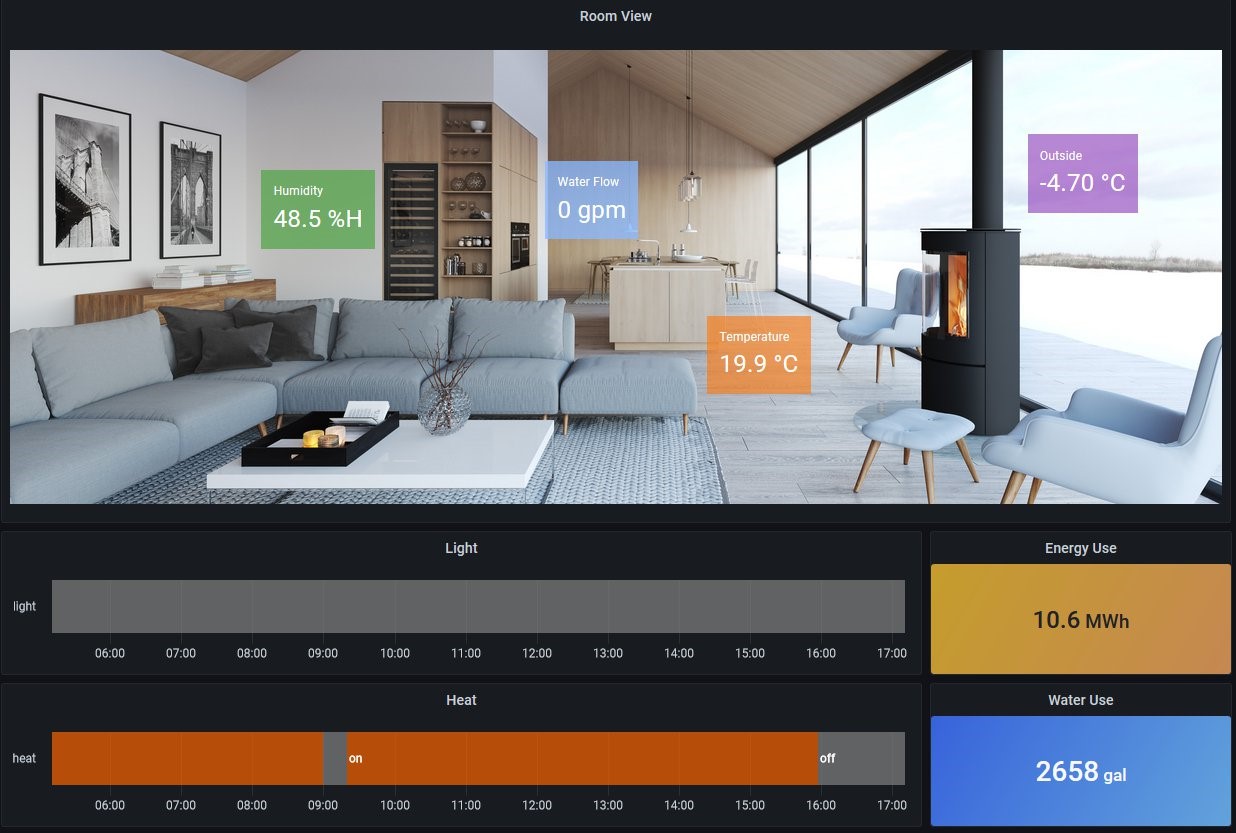AWS Architecture Blog
Category: Management Tools
Journey to Adopt Cloud-Native Architecture Series: #4 – Governing Security at Scale and IAM Baselining
In Part 3 of this series, Improved Resiliency and Standardized Observability, we talked about design patterns that you can adopt to improve resiliency, achieve minimum business continuity, and scale applications with lengthy transactions (more than 3 minutes). As a refresher from previous blogs in this series, our example ecommerce company’s “Shoppers” application runs in the cloud. […]
Migrate Resources Between AWS Accounts
Have you ever wondered how to move resources between Amazon Web Services (AWS) accounts? You can really view this as a migration of resources. Migrating resources from one AWS account to another may be desired or required due to your business needs. Following are a few scenarios where this may be of benefit: When you […]
Build Your Own Game Day to Support Operational Resilience
Operational resilience is your firm’s ability to provide continuous service through people, processes, and technology that are aware of and adaptive to constant change. Downtime of your mission-critical applications can not only damage your reputation, but can also make you liable to multi-million-dollar financial fines. One way to test operational resilience is to simulate life-like […]
Optimizing your AWS Infrastructure for Sustainability, Part II: Storage
In Part I of this series, we introduced you to strategies to optimize the compute layer of your AWS architecture for sustainability. We provided you with success criteria, metrics, and architectural patterns to help you improve resource and energy efficiency of your AWS workloads. This blog post focuses on the storage layer of your AWS infrastructure and provides […]
Detect Adversary Behavior in Milliseconds with CrowdStrike and Amazon EventBridge
By integrating Amazon EventBridge with Falcon Horizon, CrowdStrike has developed a real-time, cloud-based solution that allows you to detect threats in less than a second. This solution uses AWS CloudTrail and EventBridge. CloudTrail allows governance, compliance, operational auditing, and risk auditing of your AWS account. EventBridge is a serverless event bus that makes it easier […]
Optimizing Cloud Infrastructure Cost and Performance with Starburst on AWS
Amazon Web Services (AWS) Cloud is elastic, convenient to use, easy to consume, and makes it simple to onboard workloads. Because of this simplicity, the cost associated with onboarding workloads is sometimes overlooked. There is a notion that when an organization moves its workload to the cloud, agility, scalability, performance, and cost issues will disappear. […]
Securely Ingest Industrial Data to AWS via Machine to Cloud Solution
As a manufacturing enterprise, maximizing your operational efficiency and optimizing output are critical factors in this competitive global market. However, many manufacturers are unable to frequently collect data, link data together, and generate insights to help them optimize performance. Furthermore, decades of competing standards for connectivity have resulted in the lack of universal protocols to […]
Field Notes: Creating Custom Analytics Dashboards with FireEye Helix and Amazon QuickSight
FireEye Helix is a security operations platform that allows organizations to take control of any incident from detection to response. FireEye Helix detects security incidents by correlating logs and configuration settings from sources like VPC Flow Logs, AWS CloudTrail, and Security groups. In this blog post, we will discuss an architecture that allows you to […]
Optimizing your AWS Infrastructure for Sustainability, Part I: Compute
As organizations align their business with sustainable practices, it is important to review every functional area. If you’re building, deploying, and maintaining an IT stack, improving its environmental impact requires informed decision making. This three-part blog series provides strategies to optimize your AWS architecture within compute, storage, and networking. In Part I, we provide success criteria […]
Automating Your Home with Grafana and Siemens Controllers
Imagine that you have access to a digital twin of your house that allows you to remotely monitor and control different devices inside your home. Forgot to turn off the heater or air conditioning? Didn’t close water faucets? Wondering how long your kids have been watching TV? Wouldn’t it be nice to have all the […]









